
When to Apply Fungicide on Lawns
January 16, 2021Lawn disease is something you notice right away. Not surprisingly, when your lawn turns yellow, red, or orange, there’s a reason to be alarmed. Fungicide for grass is essential to maintaining healthy lawns. Despite the best maintenance practices, the lawn can unfortunately get various diseases. This is especially the case when conditions are conducive to the development of pathogens and the plant is therefore under stress.
The best way to prevent fungi from damaging your lawn is to apply the best natural fungicide treatment. Once the disease has taken root in a lawn, it can be time-consuming, costly, and quite tricky to control the fungus. You must limit its spread, repair the damage, and ensure that the problem does not happen again in the future.
We will tell you about common organic lawn disease control and the best time to apply fungicide. You will also learn what is a fungicide here.
When to apply fungicide to lawns or grass for best care
Molds on the lawn can occur in different forms, from pathogens causing dangerous diseases to more recognizable fruiting fungi. Their appearance may be associated with a worsening of the growth conditions and–as a result–lead to other problems.
There are many fungicides available, most of which are specially formulated for the maintenance of high quality lawns. Fungicides are part of a multi-modal prevention or response program. There’s a wide variety of characteristics of fungicides in terms of:
- Disease spectrum
- Modes of activity
- Modes of action
They should ideally be applied for preventive purposes. When a curative treatment is required, disease management is best achieved using a combination of premixed fungicides. However, special attention must be paid to the following:
- Fungicide selection
- Sprayer settings
- Water quantity and quality (pH)
- Weather conditions
All of these can affect lawn fungicide spray, effectiveness to varying degrees. We also commonly get asked, if a fungicide was applied near a plant, how might it kill the plant? The good news is, as long as you follow the right steps and use a natural safer fungicide, it is safe.

Where do the fungi that grow on my lawn or grass come from?
Diseases affecting plants are a particular threat to lawns that are subject to intensive maintenance such as:
- Greens
- Driveways
- Golf courses
Like human diseases, plant diseases are often caused or intensified by a combination of environmental factors. Lawns are often intentionally subjected to stressful maintenance practices such as:
- Low and frequent mowing
- Intensive cultivation
- Nitrogen deficiency
- Frequent trampling
- Harsh environmental conditions
Taken together, these circumstances can:
- Leave plants susceptible to infection
- Increase the risk of pathogen development
- Lead to pest outbreaks
Fortunately, there are many well-targeted control strategies that can promote healthy lawns. For instance, you can consider using organic fungicides for lawns.
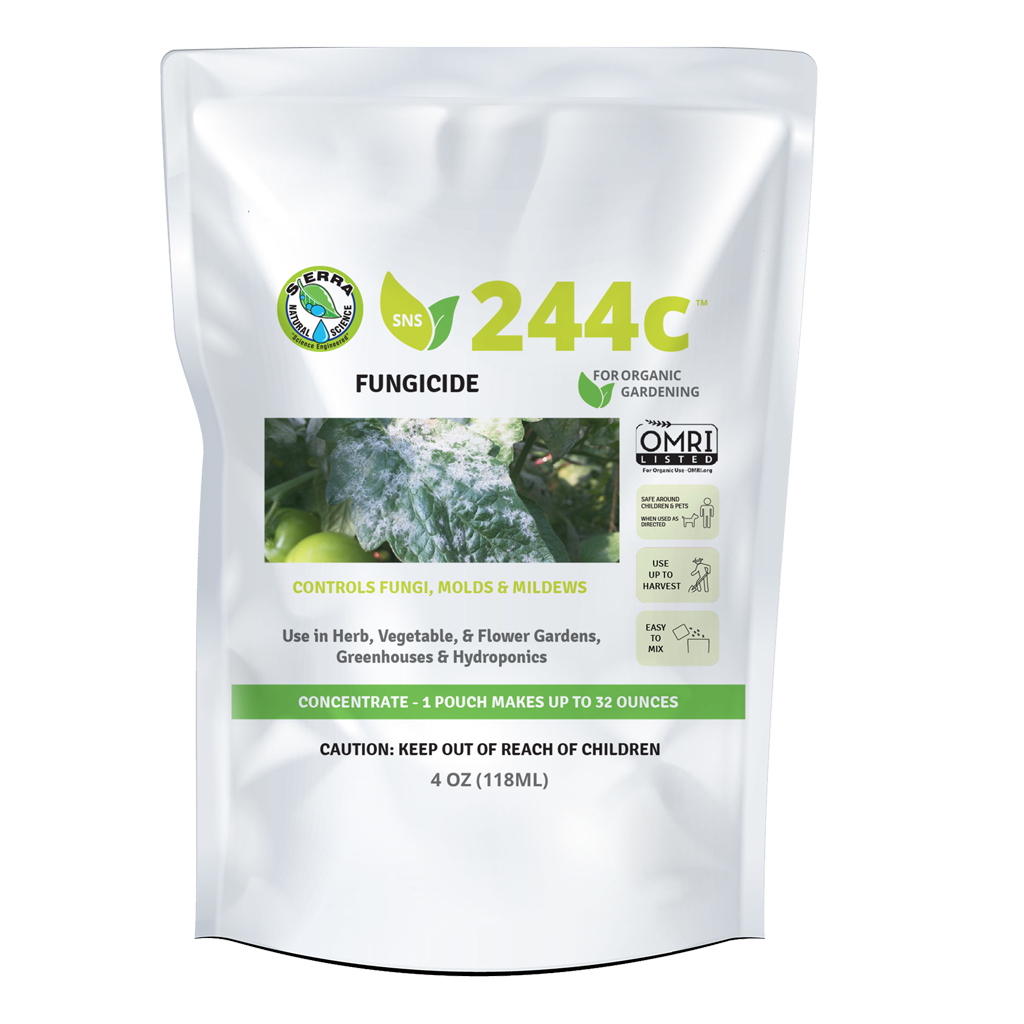
244C Natural Fungicide Pouch
Mix with water to make 1 quart (32oz.)
- Kills fungal spores & nurtures the plant’s ability to fight & prevent diseases
- EPA Exempt FIFRA 25(b)
- Can be used up to harvest (0-Day REI)
- Safe around children & pets when used as directed
- Safe for use with beneficial bugs when used as directed
Note: All of our pouches are being processed by our fulfillment partner, Home & Garden Supply.
Types of grass and lawn fungus
Hat mushrooms that appear on the lawn may initially cause curiosity. Some of them–such as the roadside scleroderma or the kite tip–are even edible. Usually, they quickly get hard to manage for lawn owners as they spoil the aesthetic value of the lawn.
They often grow on the lawn in circles, creating the so-called “devil’s eye” circles. It’s worth knowing that the hat mushrooms we see are only fruiting bodies. The mycelium that’s invisible to our eyes can cover larger areas of the lawn.
The main fungal diseases that can occur when the lawn is not properly maintained or the weather is bad are:
- Snow mold
- Grass sticks
- Red thread
- Yellow spotting of lawns
- Leaf spotting
- Stalk rust
- Grass-seedling gangrene
- Base gangrene
- Real grass-mealybugs
Most of them have characteristic symptoms by which you can recognize the disease. In case of their occurrence, appropriate fungicides should be used.

Lawn fungal diseases and care
Your lawn is at the mercy of cryptogamic diseases because your grassy area is alive. Recognizing the main diseases of the lawn will help you to fight them.
Beware, not all the stains that can be found on a lawn necessarily come from diseases. It can also be from the urine of an animal or any other incident. It’s also possible to burn the lawn by overlapping when spreading fertilizer or by not respecting the prescribed doses
When fungi are the cause of your lawn diseases, it’s more important to prevent them and ensure optimal growth conditions for the greenest-grass. Treating the symptoms alone is not effective as the sources of the disease must also be combated. That’s why it’s so important to match the right grass mixtures to the site and soil type.
Fusarium and snow mold
The disease appears after a long snowy episode or in cold and wet weather. A circular, large patch of varying size appears in the grass that appears to be washed out. You can see whitish or pinkish molds in the surrounding area as the fungus remains latent in the lawn all summer long. It survives in the soil or root felt.
- Treatments: Treated with a fungicide for plants.
- Prevention: Scarify and aerate your lawn regularly. Mow in the fall until the grass stops growing and collect the clippings.
Too much nitrogen stimulates disease. Rebalance the soil with phosphoric acid. Do not apply fertilizer after September.
Helminthosporiasis
The disease appears in the spring and thrives throughout the summer. Your lawn will get it especially in wet weather regardless of the temperature. It particularly affects Kentucky bluegrass. Brown spots appear on the leaves which turn yellow. Affected patches of diseased-grass become less dense and die back.
- Treatments: Treat with the best organic lawn fungicide and remove the diseased parts.
- Prevention: Scarify and aerate your lawn regularly.
The disease is promoted by humidity, low mowing and too much nitrogen. Instead, water in the early morning so that the grass has time to dry before nightfall. Adjust the cutting height of your mower and regularly apply a fertilizer that’s not too nitrogenous. Choose a homemade lawn fungicide or natural one from SNS to ensure safety.
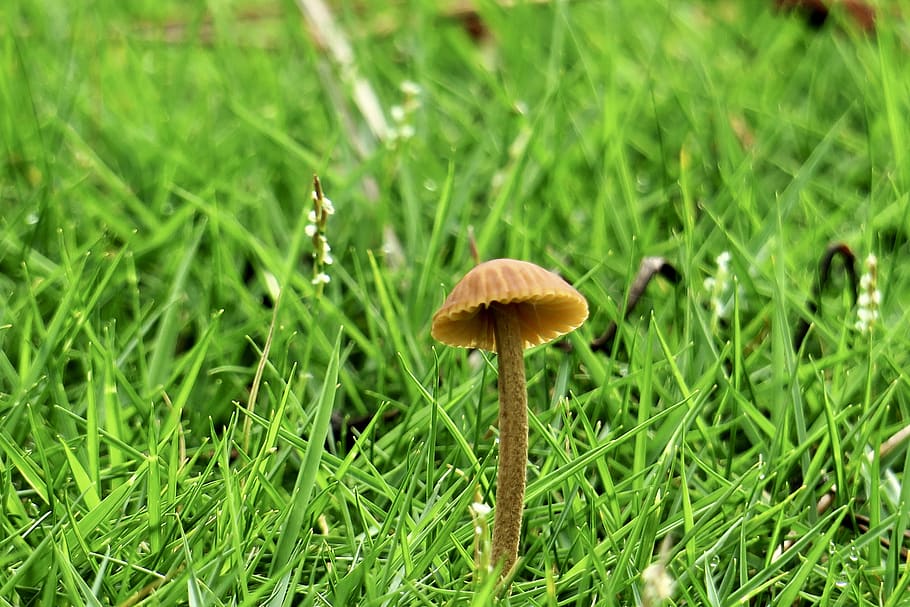
Rust
The disease appears in summer. Orange or black pustules stain the leaves, which eventually dry out.
- Treatments: Treated with a plant fungicide.
- Prevention: Scarify and aerate your lawn regularly.
Mow your lawn regularly to cleanse it and also make sure to apply a balanced fertilizer.
Powdery mildew
The disease appears in shady and humid areas, especially in the fall. The leaves become covered with a whitish felting. In the most severe cases, the plant can die.
- Treatments: Treated with a natural fungicide for plants.
- Prevention: Scarify and aerate your lawn regularly. Prune trees or shrubs that provide too much shade.
Mow your lawn regularly and provide a balanced fertilizer.
Witch rings or fairy circles
The disease appears on soils rich in organic matter and often after a long dry period. It appears as circles in the lawn. The grass is very vigorous inside and outside the circles and fungus grows on the edge of it.
- Treatments: Treated with a fungicide. Eliminate the fungi by digging the soil to a depth of at least 10 inches. Remove contaminated soil.
- Prevention: Scarify and aerate your lawn regularly to remove decaying residues.
The brown, yellow and grey stains that appear on your lawn are most often the result of inadequate care. On a soil in poor health, diseases proliferate. The best prevention consists in :
- Scarify and aerate your lawn at least once a year. Two is even better.
- Do not mow too short.
- Instead, water in the early morning so as not to increase humidity. Aim for neither too much water nor too little.
- Regularly apply a balanced fertilizer.
The development of different fungi
The characteristic arrangement of the fungus in the form of charcoal circles results from the fact that the mycelium grows circularly. It’s gradually enlarging the area covered. The hat fungi always grows on the edges of the mycelium formed on the enlarging circle.
During the first period of development, the circles may be invisible. They can also reveal themselves as a clump of grasses with an intense green color or a clump of hat fungi. In the later period, the circles of different sizes are observed. They can reach up to several feet in diameter.
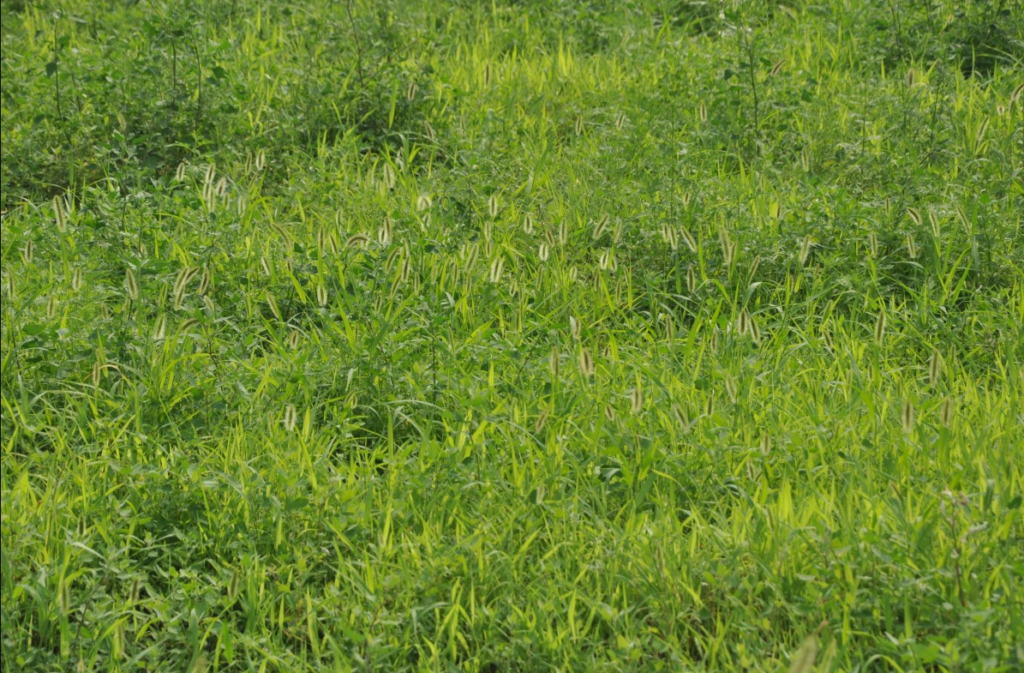
This circle of fungus can grow on the lawn for years. It does so until it encounters an architectural barrier such as the wall of a building or environmental factors unfavorable to the further development of mycelium. Sometimes the fungus on the lawn disappears, only to reappear after a year or two.
Hat fungi most often appear on perennial lawns that have not been regularly or properly maintained. Their appearance is favored by the presence of rotting, slowly decomposing organic matter. These can be the remains of uncut mown grass. They are forming the so-called felt and limiting the access of air to the grassroots.
Very often these are also plant residues and pieces of branches that have not been removed from the ground before the lawn is established.
It’s also worth knowing that fungi on the lawn often appear after long periods of damp weather. These are often preceded by a period of prolonged drought. Their development is supported by infertile, light soil under the lawn. Insufficient nitrogen fertilization is also an essential factor to this.
How to apply fungicide to lawn
Fongicides are the products used to control fungal diseases attacking plants and lawns. There are both organic and inorganic substances and biochemicals in this group. Applying lawn or grass fungicides correctly is crucial, so you must understand when to apply fungicide on lawns.
These disease control agents are available in the form of a liquid aerosol, so they are ready to use right away. If not, the product should be prepared according to the manufacturer’s recommendation. Some fungicides can be used in organic crops, while others cannot. This is especially important when the homemade fungicide for plants is applied to fruits and vegetables.
Fungicide for trees can completely inhibit fungus development or temporarily stop it. The mode of action depends on the concentration of the active substance. Many fungicides can have a fungistatic effect. This is because a higher concentration could have a negative effect on plants.
The main elements of effective chemical control are the following things:
- Application of fungicides according to risk, time since last treatment and weather conditions.
- The choice of fungicides according to their mode of action and an anti-resistance strategy.
- The right dose and the right preparation of the spray mixture.
What to do before installing your lawn?
The fight against fungus on the lawn in fact starts as early as the stage of establishing a new lawn. This is done by thoroughly clearing the soil under the lawn of any plant residues that may rot and decay in the future. These might be promoting the development of fungus.
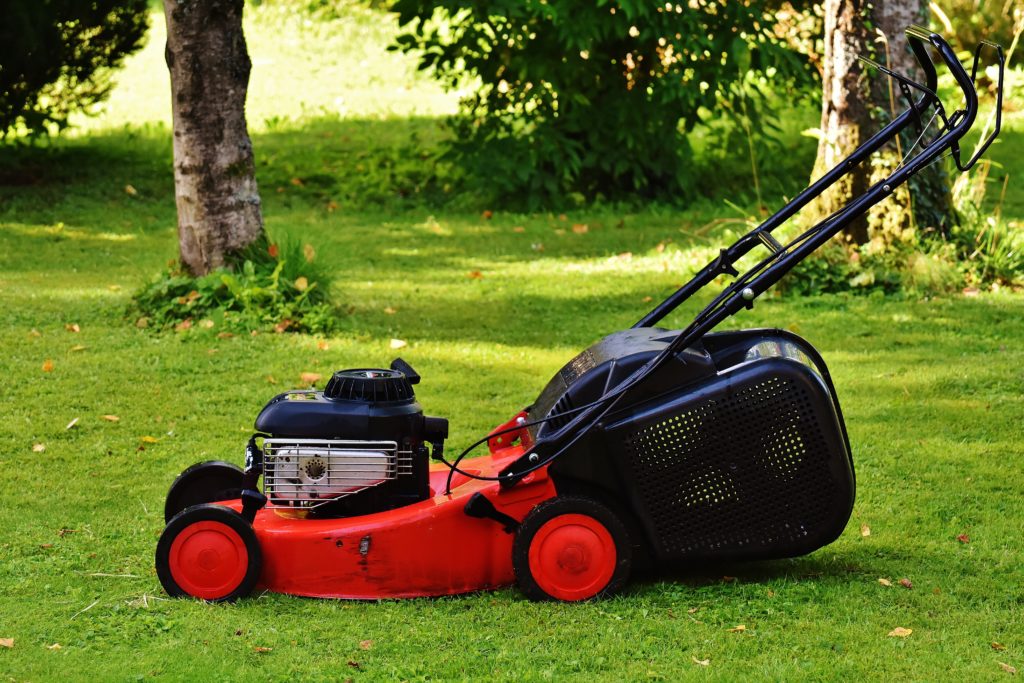
If the soil is sandy, it may be useful to fertilize it and improve its physical properties. This is done by utilizing appropriate organic and mineral fertilizers before the lawn is laid. It may also be beneficial to install an irrigation system. Doing so will eliminate the exposure of the lawn to long periods of drought.
How to get rid of the fungi on an existing lawn?
First of all, regular lawn care is necessary. After each mowing, the remaining cuttings of grass must be removed. As a result of removal, they won’t form a layer of felt when drying. Existing old felt will be removed by raking, scarifying and aeration.
Scarifying is a flat, vertical notch of turf, while aeration is a deeper puncture with spikes. These treatments loosen up the soil and aerate it. Scarifying should be done at the beginning of the growing season. it can be repeated 2-3 times per season.
If you decide to spray the fungus on the lawn, scarifying it beforehand will make it easier for the best fungicide to reach the grass roots deeper. A good lawn owner always ads nitrogen-rich fertilizers.
Types of fungicides
In recent decades, fungicides have been developed to be used in various areas of application.
- Protective fungicides. This garden fungicide is applied before the fungal spores start to develop on the crop.
- Contact fungicides. The active substances of these fungicides show action at the point of contact with the fungus. Contact fungicides do not penetrate deep into the plant, but remain on the surface. This has the disadvantage that the fungicide can be washed away by rain or artificial irrigation. In addition, newly developed parts of the lawn are not protected and must be sprayed again.
- Systemic fungicides. These fungicides are of great importance. Their active substances penetrate the plant from the soil through the roots or through the leaves. They are then spread through the lawn’s structure, mainly with water from below to the top.
The new properties of fungicides have given rise to a whole new vocabulary, so it’s sometimes difficult to understand. Although there’s no consensus on the vocabulary to use to describe a fungicide, some specifics can be identified:
- Movement of the safer garden fungicide within the plant.
- Effect of the active ingredient on a metabolic activity vital to the growth of the fungus.
- Activity and role of the fungicide according to its effect on the growth of the fungus.
Why should fungicides be used?
Despite their negative reputation, fungicides are an essential tool. Although they are used by almost every grower, there’s a lot of confusion as to how fungicides work and how to best use the wide array of fungicides now available.
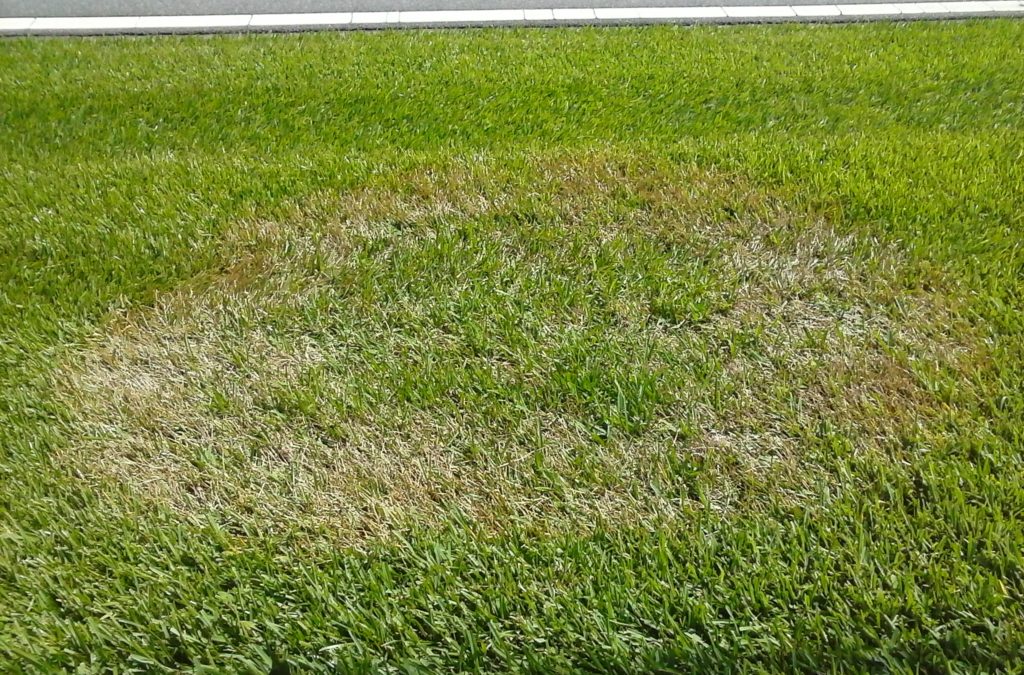
Lawn and garden crop diseases are common. Some can have significant economic impact on both yield and product quality. In some cases, the application of fungicides during the growing season can reduce losses in storage.
Fungicides are generally best used as part of an IPM program which may include:
- Good crop rotation
- Selection of tolerant varieties
- Judicious sowing or harvesting dates
- Proper fertilization
- Microclimate management such as the seeding rate
- Crop debris management
How does a fungicide work?
There are many different modes of action for fungicides. Fungicides can:
- Alter fungal cell membranes
- Deactivate enzymes or proteins
- Interfere with breathing processes or energy production
Some fungicides interfere with metabolic cycles. Those are important for the survival of the fungus such as sterol production. In order to choose a fungicide, it’s not necessary to know exactly how all fungicides work. It’s important to know that all fungicides belonging to the same chemical group have the same mode of action. The most convenient way to use fungicides is to mix different modes of action to avoid resistance or tolerance of the fungus.
It’s worth noting that fungicides affect one or more metabolic activities of the fungus. Fungicides that act on a single metabolic site are generally effective only on certain fungi. However, it’s easier for the fungus to develop resistance. On the other hand, fungicides that act on several metabolic sites are more difficult for fungi to circumvent and the development of resistance is therefore rare.
Activity and role of the fungicide according to its effect on growth
Fungicides can have a preventive effect by destroying the fungus before it enters the plant. These fungicides are often referred to as anti-germinative. Contact fungicides are generally used as a preventative.
Fungicides can also have a curative effect. They are destroying the fungus after it has entered the lawn. The duration and intensity of the curative effect varies according to the fungicide and the temperature. Some fungicides have an anti-sporing effect by destroying the reproduction of the fungus following an infection.
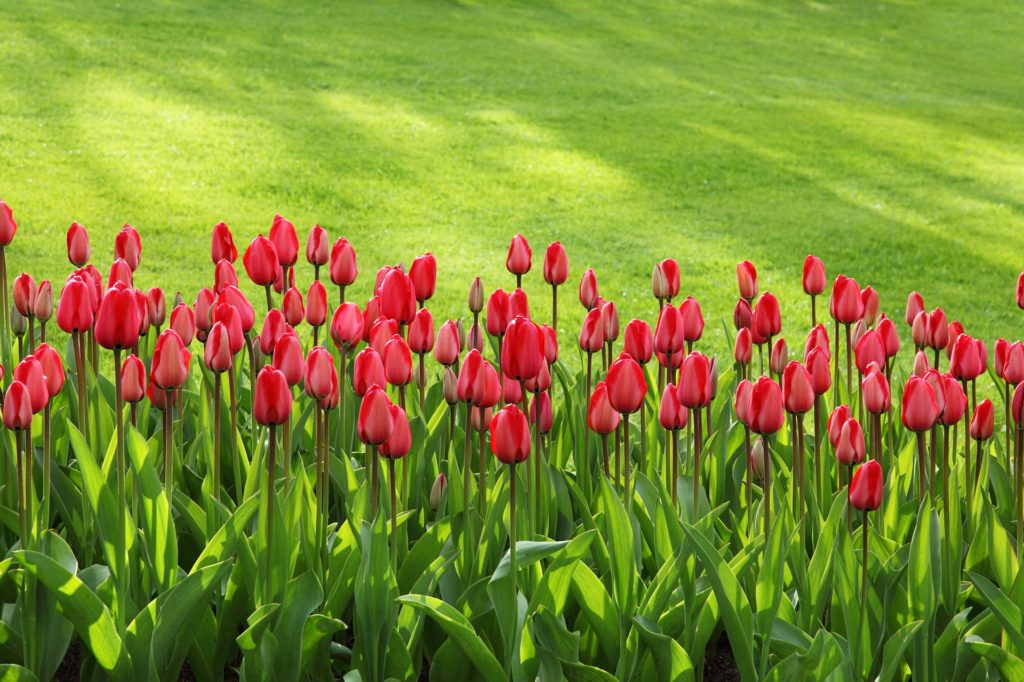
Factors responsible for the low efficacy of a fungicide treatment
- Use of an inappropriate product
- Error in the preparation of the spray mixture
- Incorrect calibration of the sprayer
- Poor application conditions
- Rain leaching
- Wrong time of intervention
- Resistance of the fungus to fungicide.
Understanding the maintenance product you use for lawn care is very important. This knowledge will allow you to use the product at the right time and to control the quantities applied precisely.
A fungicide is used to eliminate different types of threats that attack the materials that make up your outdoor home structures. The most common molds are:
- Fungi
- Algae
- Moss
- Dirt
- Traces of pollution
- Bacteria of all kinds that grow due to humidity
Pre-infection prevention
In the case of a preventive approach, the fungicide is applied before the start of an infection period. This enables the prevention of the effects of the infection. The aim of this strategy is to destroy the fungus before it enters the lawn or during the early stages of fungal development, such as spore germination. Contact fungicides are effective in prevention. But repeated applications are often necessary to protect the growing foliage and to also counteract the loss of fungicide efficacy due to leaching or degradation.
Post-infection cure
A reactive intervention consists of applying fungicides after a period of infection with the objective of treating an infection that has occurred. These fungicides act on a more advanced stage of the fungus and prevent it from colonizing lawn tissue. This approach is effective against unexpected and serious infections. It helps to compensate for the leaching of a non-penetrating fungicide.
Find out all the reasons to opt for Sierra Natural Science Fungicides
Sierra Natural Science’s products for the care and protection of your lawn have great popularity in the United States. SNS offers a wide range of products that cover all the essential needs of their customers and meet the latest requirements of modern development.
Sierra Natural Science knows the market like no other company thanks to their many years of experience. They use a wide range of active ingredients and formulations developed by their research center. Their well-tested products have led to a long list of satisfied customers. See for yourself and become one of them!
Sierra Natural Science only markets and uses advertising for well thought-out products that keep their promises. Contact them now for more information about applying fungicide and pest control in your home garden. Kill the fungus once and for all, and save your lawn today!

